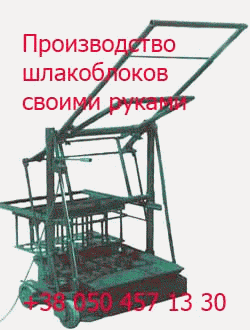Grinding of holographic films, when done in a suitable manner, can lead to small holographic particles [8, 42]. These so-called holographic or hologram pigments are relatively new materials for attaining special optical effects in different application media. A structure of a holographic pigment particle is shown in Figure 7.20. Generally, any hologram base material on which an interference band corresponding to the wave face of light from a substance is formed as a hologram image may satisfactorily be used with no specific limitation for the production of holographic flake pigments. For practical use, holographic mirrors are preferred for the manufacture of those pigments. A holographic mirror is the simplest reflection hologram. It can be created by splitting a laser beam and recombining the beams at a photosensitive layer on the thermoplastic film (two-beam method). Alternatively, it can be created by projecting a laser beam through the photosensitive layer onto a mirror (single-beam method).
Holographic flake pigments frequently have a band-centre wavelength of about 380-1100 nm and an effective bandwidth of about 10-200 nm. The pigment particles have a thickness of about 1-100 pm, an average diameter of about 10-300 pm, and a thickness-to-diameter ratio from about 1:2 to about 1:60. Holograms can be converted to pigment particles of the desired size by any conventional means, such as grinding, ball milling, attritor grinding, or two-roll milling. One possibility that can be used is to cool the hologram below its glass transition temperature, for example in liquid nitrogen, before grinding. It is also possible to grind the hologram in cold water, such as ice water. As an alternative, the grinding equip-
ment can be refrigerated to cool the hologram to below its glass transition temperature.
Holographic flake pigments are useful for the preparation of decorative coatings that can be used to emphasize the lines and contours of a three-dimensional surface. Another possibility is the application in molded plastics to provide a decorative appearance, e. g., in tiles.
 24 сентября, 2015
24 сентября, 2015  Pokraskin
Pokraskin  Опубликовано в рубрике
Опубликовано в рубрике 